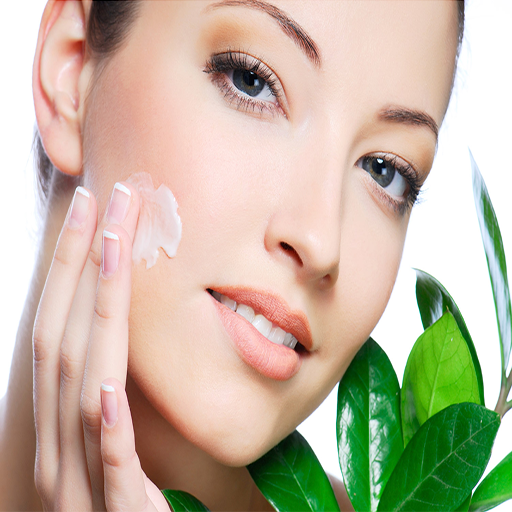Skincare Tips! Glowing skin has long been a hallmark of beauty and good health. It reflects a well-nourished body, a balanced lifestyle, and a thoughtful skincare regimen. But for many, achieving luminous skin can feel elusive, especially with the demands of modern life. Stress, environmental pollution, and an improper skincare routine can leave skin looking dull and lifeless.
The good news? Glowing skin isn’t an unattainable dream. With consistency, the right habits, and some science-backed tips, you can unlock your skin’s natural radiance. In this guide, we’ll walk you through 10 practical skincare tips to help you achieve that luminous, healthy glow you’ve been craving.
Section 1: Understand Your Skin
1. Identify Your Skin Type
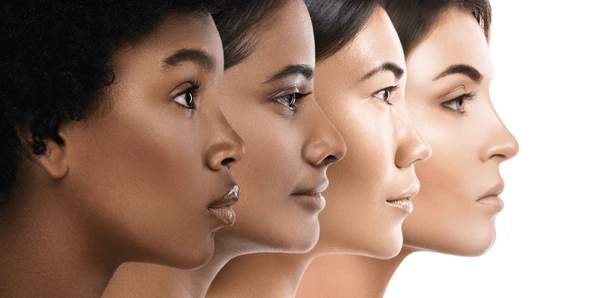
Every skincare journey begins with understanding your skin type. Why? Because your skin’s needs vary depending on whether it’s oily, dry, combination, normal, or sensitive. Using the wrong products for your skin type can cause irritation, breakouts, or a lack of results.
Every skincare journey starts with identifying your skin type. This foundational step is crucial because using the wrong products—no matter how expensive or trendy—can aggravate your skin and cause long-term issues. Understanding whether your skin is oily, dry, combination, sensitive, or normal helps you build a regimen that meets your skin’s unique requirements.
To perform a simple test, cleanse your face, don’t apply any product, and wait an hour. Observe whether your skin feels tight, shiny, flaky, or balanced. A shiny T-zone and dry cheeks usually mean combination skin; an overall oily appearance signals oily skin. Knowing this helps you avoid mismatched products and ineffective treatments.
Using the wrong products can lead to breakouts, increased sensitivity, or excessive dryness. For instance, oily skin can become oilier with heavy creams, while alcohol-based products can irritate sensitive skin. When your routine aligns with your skin type, you’ll notice quicker results and better skin health overall.
Once identified, customize every product—cleanser, toner, serum, moisturizer, and even sunscreen—to suit your skin’s type. It may take a little experimentation, but once you find the right fit, your skin will thank you with better texture, fewer breakouts, and a more even tone.
Here’s a quick overview:
- Oily Skin: Produces excess sebum, often resulting in shine and enlarged pores.
- Dry Skin: Feels tight, flaky, or rough due to low oil production.
- Combination Skin: Exhibits both oily (usually in the T-zone) and dry areas.
- Normal Skin: Well-balanced, with minimal concerns.
- Sensitive Skin: Prone to redness, irritation, and reactions to certain ingredients.
To identify your skin type, wash your face with a gentle cleanser and leave it bare for an hour. Then, observe how your skin feels. Is it shiny? Tight? Balanced? This will help you choose products tailored to your unique needs.
2. Know Your Skin’s Needs

Once you know your skin type, the next step is to identify its specific needs.
Knowing your skin type is only half the story—you also need to understand its changing needs. These can shift with the seasons, age, hormone levels, and lifestyle factors. For example, skin might be more dehydrated in winter or breakout-prone during periods of stress.
Take time to observe what your skin is telling you. Redness might indicate sensitivity or over-exfoliation, while flakiness could mean a compromised moisture barrier. Dullness often means you need more hydration and exfoliation. Tailor your routine to address these issues instead of blindly following trends.
Listen to your skin and respond with appropriate care. If you’re seeing more breakouts, scale back on heavy oils and look into salicylic acid treatments. If you’re noticing signs of aging, introduce peptides or retinol. Your skin’s needs will evolve, and your skincare routine should grow with it.
Keeping a skin journal can help track what works and what doesn’t. Noting how your skin reacts to certain products, weather conditions, or diets allows you to make smarter skincare decisions in the future. Being intuitive and informed about your skin’s needs is key to long-term radiance.
For example:
- If you’re dealing with dullness, focus on exfoliation and hydration.
- If you’re combating acne, prioritize gentle cleansing and targeted treatments.
- For concerns like uneven tone or dark spots, look for brightening ingredients like vitamin C.
Understanding your skin’s needs will help you build an effective skincare routine that delivers visible results.
Section 2: Core Skincare Tips for Radiance
3. Cleanse Gently, But Thoroughly
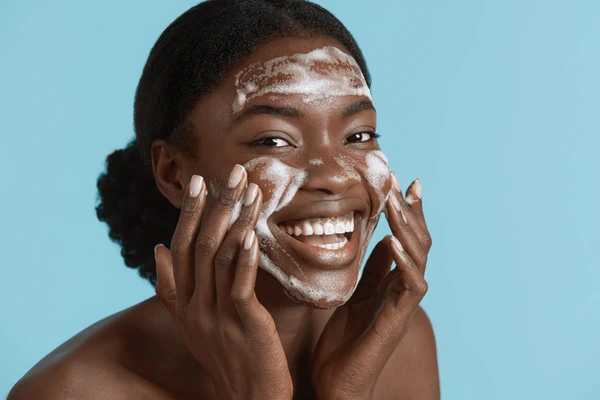
Cleansing is the cornerstone of any skincare routine. It removes dirt, sweat, makeup, and environmental pollutants that accumulate on your skin throughout the day. Without proper cleansing, these impurities can clog pores, leading to dullness and breakouts.
Cleansing removes not only dirt and oil but also pollutants and remnants of makeup and SPF. Skipping this step or doing it half-heartedly can clog pores and dull your skin. A well-chosen cleanser sets the tone for the rest of your routine and ensures your skin is a clean canvas for serums and moisturizers.
Double cleansing is especially beneficial for those who wear makeup or sunscreen. The first cleanse with an oil-based cleanser melts away surface debris, while the second water-based cleanse deeply purifies the skin. This process prevents buildup, which can lead to dullness and breakouts.
How to Cleanse Effectively:
- Use a gentle cleanser that suits your skin type. For example, gel-based cleansers are great for oily skin, while cream-based options work well for dry skin.
- Consider double cleansing if you wear makeup or sunscreen. Start with an oil-based cleanser to dissolve makeup and follow up with a water-based one to clean the skin.
- Cleanse your face twice daily—once in the morning and once before bed. Over-cleansing can strip your skin of its natural oils, so avoid washing more frequently than needed.
4. Hydration Is Key
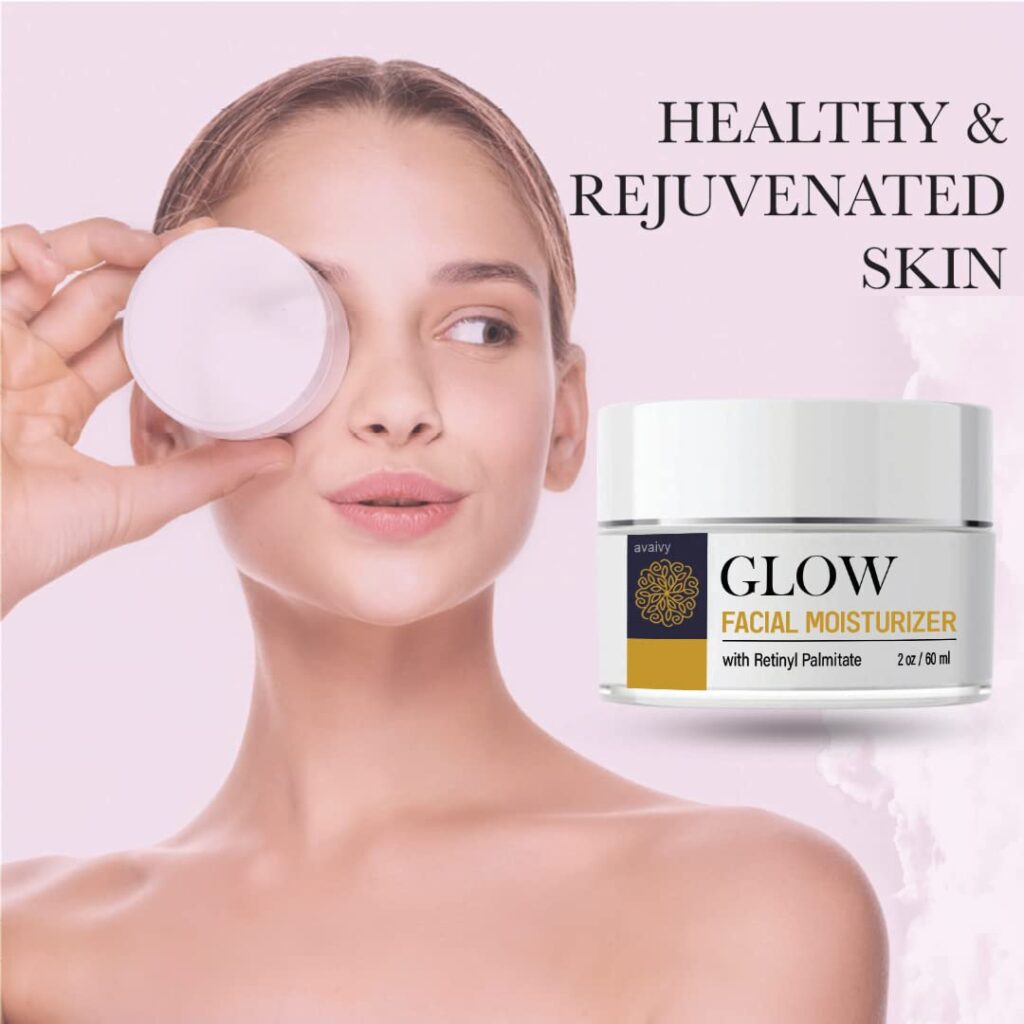
Hydrated skin is healthy skin. It looks plump, smooth, and radiant, while dehydration can lead to a dull, lifeless appearance.
When skin is well-hydrated, it reflects light better, giving you that sought-after glow. Dehydrated skin, on the other hand, can look sallow and rough, with fine lines becoming more noticeable. Moisturizers and hydrating serums help lock in water and strengthen your skin’s barrier function.
Apply moisturizer while your skin is still damp to trap moisture more effectively. Lightweight gel formulas work well for oily skin, while richer creams suit dry or mature skin types. You can even layer hydration by using a hydrating toner or essence before your moisturizer.
Tips for Keeping Skin Hydrated:
- Invest in a moisturizer suitable for your skin type. For oily skin, opt for lightweight, gel-based moisturizers; for dry skin, choose richer creams.
- Look for hydration-boosting ingredients like hyaluronic acid (which holds up to 1,000 times its weight in water) and ceramides (which strengthen your skin’s barrier).
- Don’t forget to hydrate from the inside out by drinking plenty of water throughout the day.
5. Exfoliate to Glow
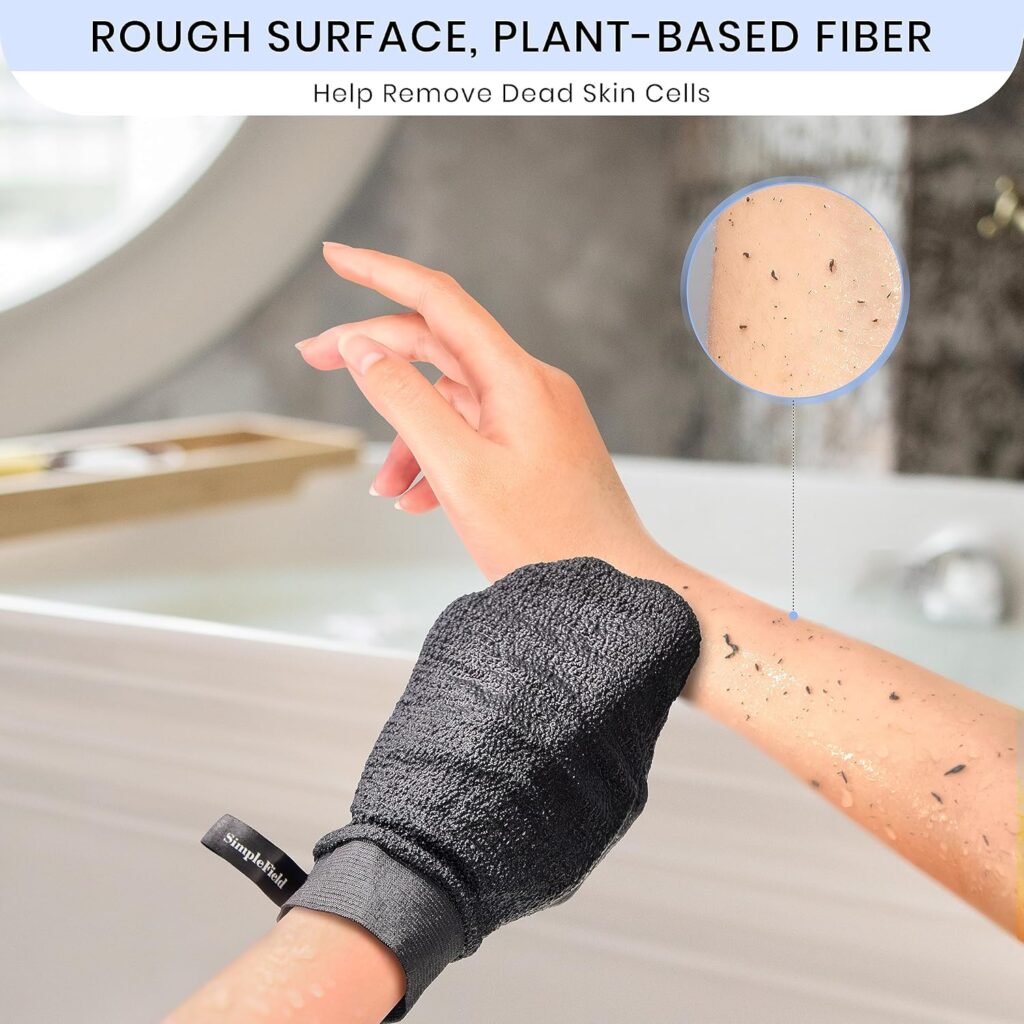
Exfoliation is a game-changer when it comes to achieving radiant skin. It removes the layer of dead skin cells that can make your complexion appear dull and rough.
Exfoliation removes dead skin cells that can dull your complexion. Whether you choose physical scrubs or chemical exfoliants like AHAs and BHAs, regular exfoliation reveals brighter, smoother skin underneath. It also allows serums and moisturizers to penetrate more effectively.
However, it’s important not to overdo it. Exfoliating more than three times a week can damage your skin barrier, leading to irritation and sensitivity. If you’re new to exfoliation, start with a once-a-week routine and observe how your skin reacts.
How to Exfoliate Safely:
- Use chemical exfoliants like AHAs (e.g., glycolic acid) or BHAs (e.g., salicylic acid). These work by dissolving the bonds between dead skin cells, promoting cell turnover.
- Exfoliate 1–3 times a week, depending on your skin’s sensitivity. Over-exfoliating can cause redness and irritation, so find the right balance for your skin.
6. Sun Protection: A Non-Negotiable
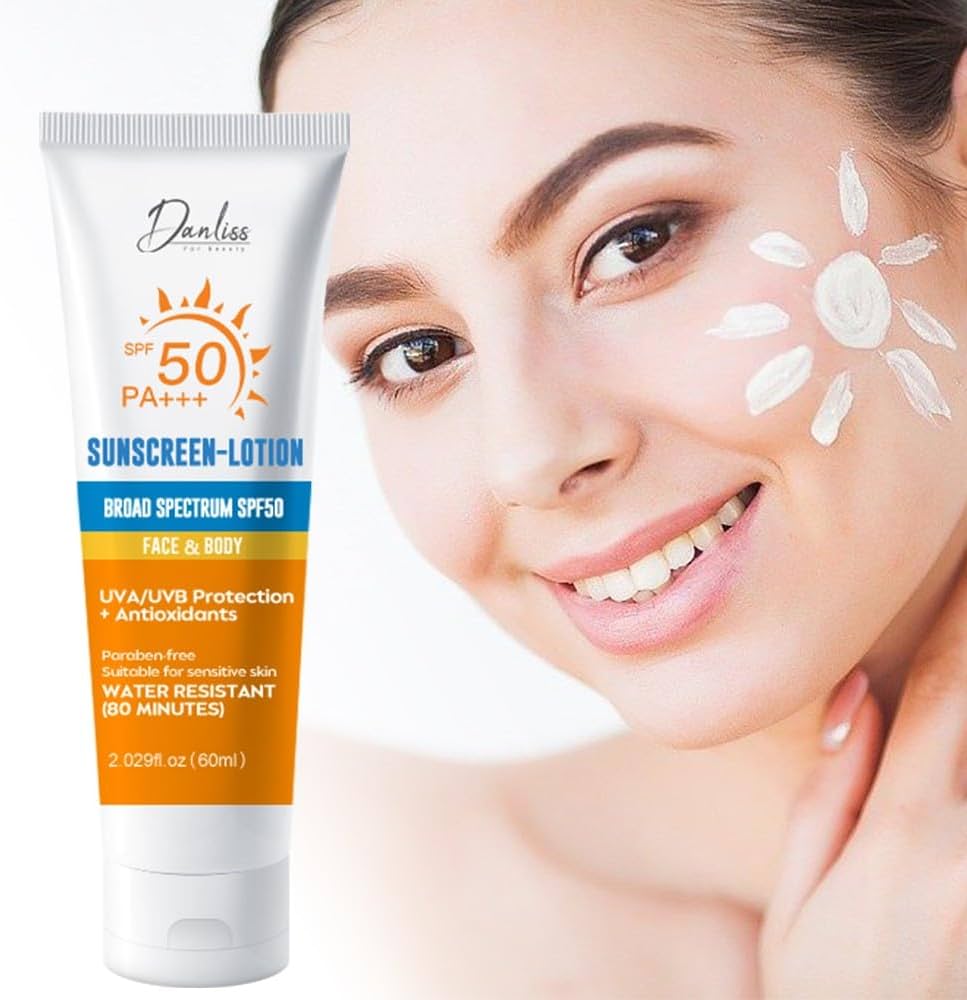
Sunscreen is your best defense against premature aging, dark spots, and skin dullness caused by UV damage. Without it, even the most well-crafted skincare routine can fall flat.
Sunscreen is arguably the most important skincare product for glowing skin. UV damage causes premature aging, sunspots, and dullness. Even on cloudy days or indoors near windows, UV rays can affect your skin.
Look for a broad-spectrum sunscreen with SPF 30 or higher. Mineral sunscreens with zinc oxide or titanium dioxide are great for sensitive skin, while chemical sunscreens often feel lighter and suit everyday wear. Choose what feels comfortable enough to use daily.
How to Protect Your Skin from the Sun:
- Use a broad-spectrum sunscreen with SPF 30 or higher every morning.
- Reapply sunscreen every two hours if you’re outdoors, sweating, or swimming.
- Don’t forget often-missed areas like your neck, hands, and ears.
Section 3: Boost Your Skin’s Glow with Additional Care
7. Incorporate Antioxidants
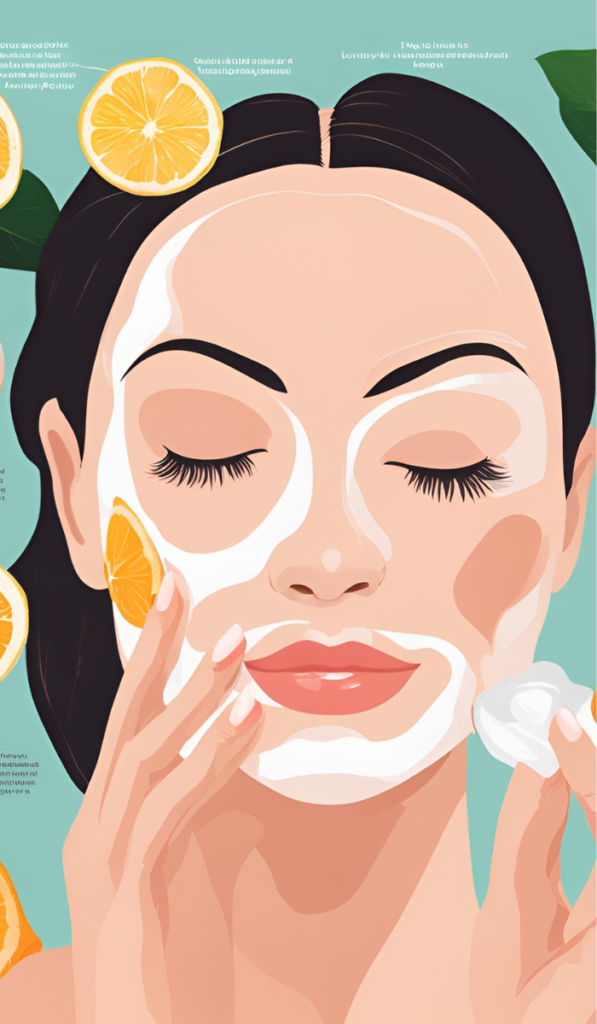
Antioxidants fight free radicals—unstable molecules that damage skin cells and contribute to dullness and aging. They also brighten your skin and protect it from environmental aggressors.
Antioxidants help neutralize free radicals that cause skin damage and aging. They’re essential for protecting your skin from environmental stressors like pollution and UV radiation. The most popular antioxidant in skincare is vitamin C, known for its brightening and collagen-boosting benefits.
Apply a vitamin C serum in the morning, ideally before sunscreen. Over time, this can reduce hyperpigmentation and give your skin a more even tone. Look for stable formulations, such as ascorbic acid combined with ferulic acid or vitamin E for enhanced effectiveness.
How to Use Antioxidants:
- Apply a vitamin C serum in the morning to boost collagen, reduce dark spots, and enhance radiance.
- Other powerful antioxidants include niacinamide (for brightening and hydration) and resveratrol (for anti-aging).
8. Nourish from Within

A balanced diet is just as important as topical skincare. What you eat directly impacts your skin’s health and appearance.
Skincare isn’t just about what you put on your skin—it’s also about what you feed your body. Your diet plays a major role in skin appearance. Nutrient-rich foods can improve elasticity, reduce inflammation, and boost your glow naturally.
Focus on whole, unprocessed foods. Leafy greens, berries, sweet potatoes, and bell peppers are packed with skin-loving vitamins. Omega-3 fatty acids from salmon, flaxseeds, and walnuts help maintain skin’s lipid barrier and reduce redness.
Vitamin C supports collagen production, while zinc aids in healing and preventing breakouts. Avoid excessive sugar and processed foods, which can lead to inflammation and worsen skin issues. Drinking green tea or herbal teas can also calm inflammation and deliver antioxidants.
A daily multivitamin may be helpful if your diet lacks certain nutrients, but always consult with a healthcare provider. Remember, the glow on the outside often starts with nourishment from the inside.
Skin-Loving Foods:
- Fruits and Vegetables: Rich in vitamins and antioxidants. Berries, oranges, spinach, and carrots are great choices.
- Healthy Fats: Found in avocados, nuts, seeds, and fatty fish like salmon, these fats help maintain a healthy skin barrier.
- Green Tea: Packed with antioxidants that fight inflammation and improve skin tone.
9. Embrace Facial Massages
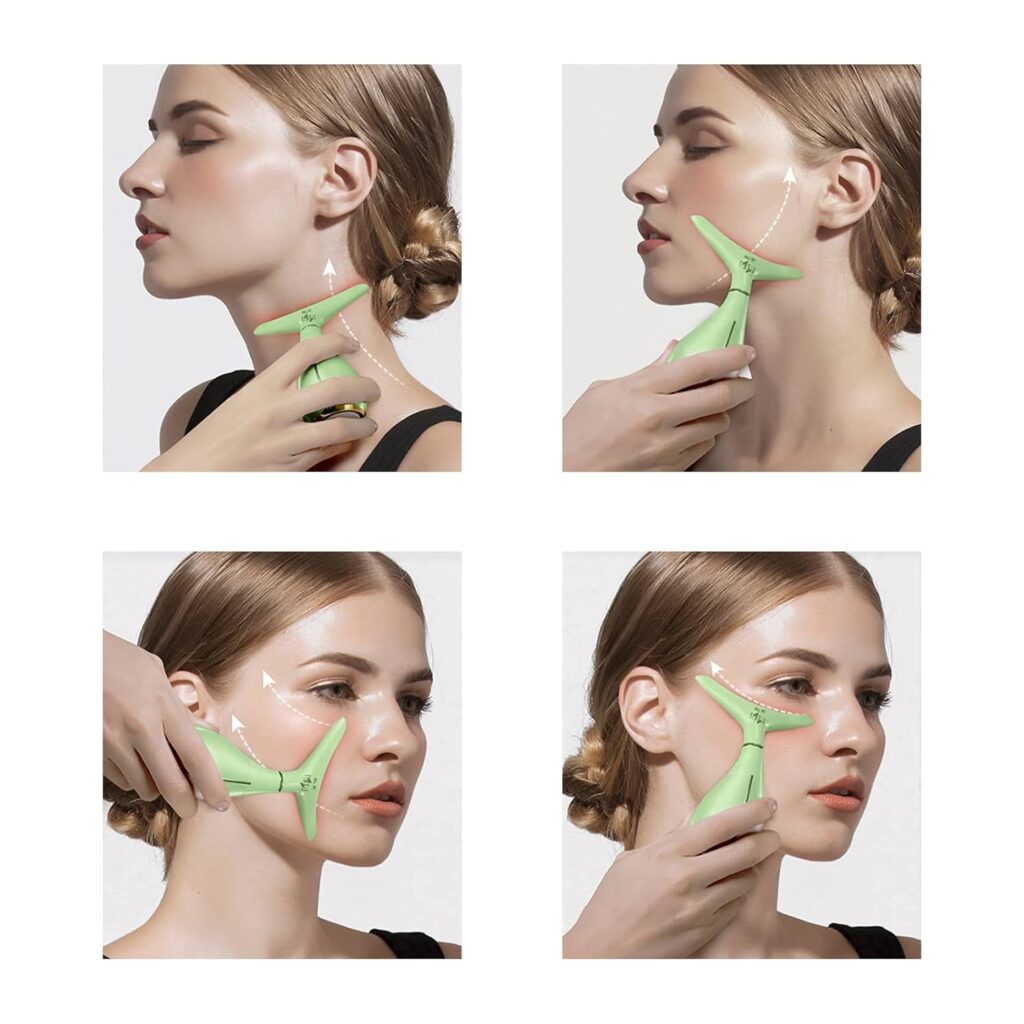
Facial massages are a luxurious way to improve blood circulation, reduce puffiness, and promote a natural glow.
Facial massages are an underrated yet powerful skincare technique. They stimulate blood flow, enhance product absorption, and reduce puffiness. Even a few minutes of gentle massage can lift your features and boost your skin’s natural glow.
Use your fingertips or tools like jade rollers or gua sha stones. Apply a facial oil or serum to reduce friction and allow smooth gliding. Massage using upward and outward strokes, focusing on the cheeks, jawline, and forehead.
Regular facial massage also helps with lymphatic drainage, removing toxins that contribute to dullness. It can relieve tension held in facial muscles, especially around the brows and jaw. This not only improves skin tone but also promotes relaxation.
Make this a mindful part of your evening routine. It’s a great way to unwind while giving your skin some extra love. Over time, you’ll notice firmer skin, reduced puffiness, and an enviable glow.
How to Perform a Facial Massage:
- Use clean hands or a tool like a jade roller or gua sha stone.
- Apply a facial oil or serum for smooth gliding.
- Massage in upward, circular motions to encourage lymphatic drainage and boost circulation.
10. Prioritize Sleep and Stress Management
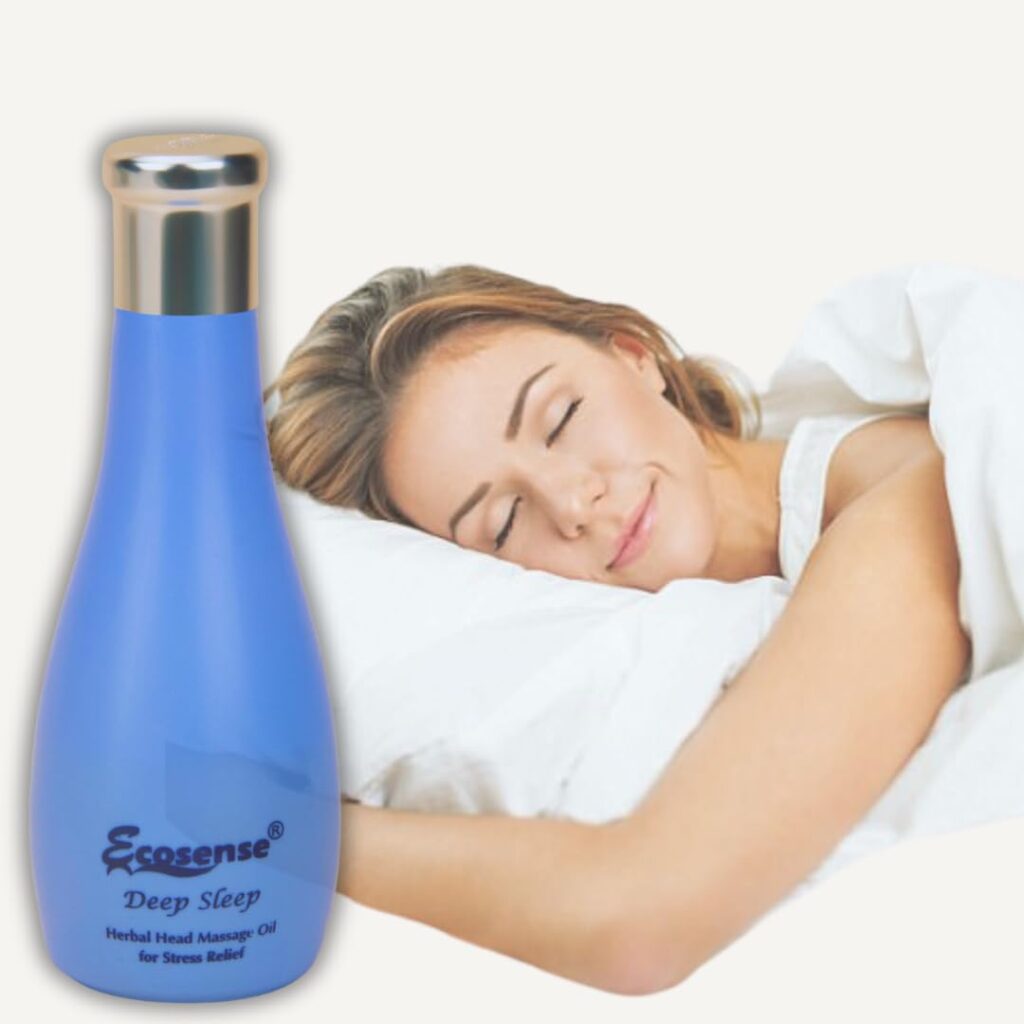
Your skin repairs itself while you sleep, making rest an essential part of any skincare routine. Stress, on the other hand, can trigger breakouts and dullness.
Your skin regenerates at night, so skimping on sleep can lead to dullness, puffiness, and breakouts. Aim for 7–8 hours of uninterrupted sleep to give your skin time to repair. Sleep deprivation also affects hormone levels, which can worsen acne or sensitivity.
Stress is another major culprit when it comes to lackluster skin. Chronic stress triggers inflammation and can lead to flare-ups of conditions like eczema and acne. Managing stress with mindfulness, yoga, or simple breathing exercises can improve both your mental and skin health.
Create a calming nighttime routine with skincare rituals, herbal teas, or light stretching. Turning off screens at least an hour before bed helps improve sleep quality. Consider a silk pillowcase to reduce skin friction and retain moisture overnight.
Tips for Better Skin Through Lifestyle:
- Aim for 7–8 hours of quality sleep each night.
- Practice stress-reducing activities like meditation, yoga, or journaling.
- Maintain a consistent sleep schedule to support your body’s natural rhythms.
Section 4: Create a Sustainable Routine
Building a glowing-skin routine doesn’t have to be complicated. Focus on a few essential steps, such as cleansing, moisturizing, and sunscreen, and build from there as needed.
Morning Routine:
- Cleanser
- Antioxidant serum (e.g., vitamin C)
- Moisturizer
- Sunscreen
Evening Routine:
- Cleanser
- Exfoliant (1–3 times a week)
- Hydrating serum (e.g., hyaluronic acid) or retinol
- Moisturizer
Wrapping it up
Achieving glowing, luminous skin isn’t about quick fixes or expensive products—it’s about consistent care, healthy habits, and understanding your skin’s needs. By following these 10 tips, you’ll not only improve your skin’s appearance but also boost your overall confidence.
Start today and let your natural glow shine through!

